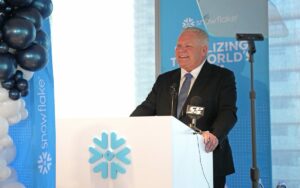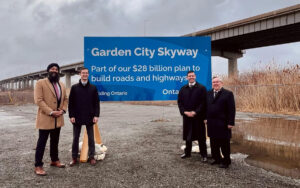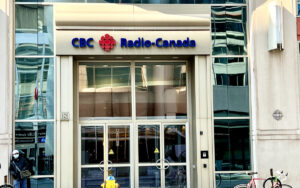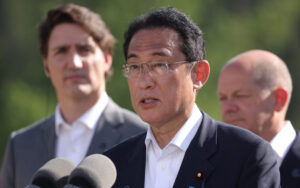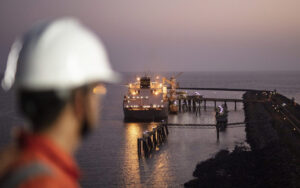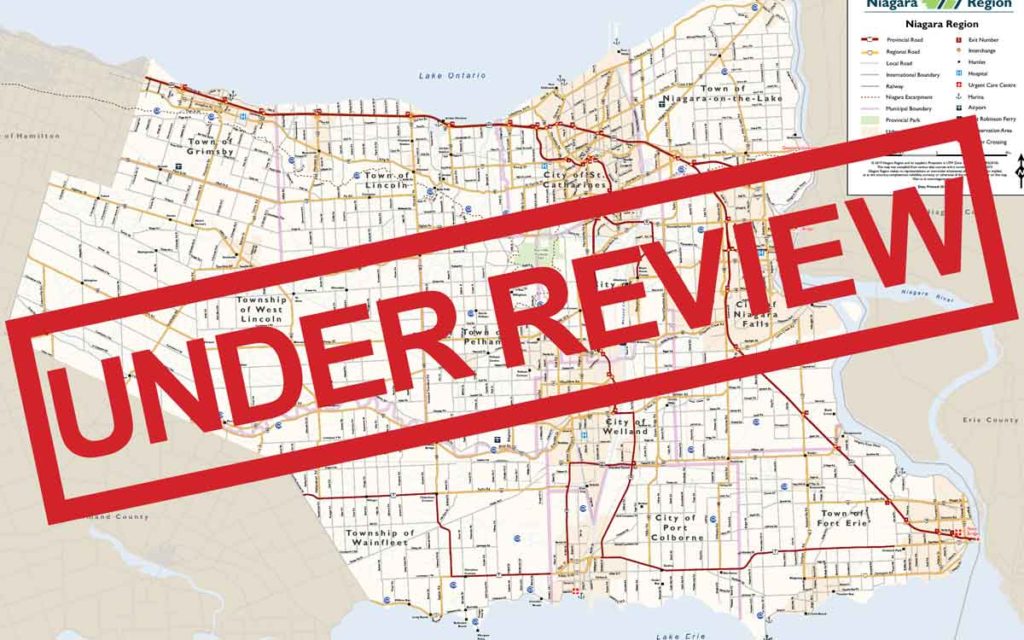
One model of a restructured Niagara governance system that has been discussed for years goes something like this; two- tiers, five cities and double duty city councillors with a publicly elected Regional Chair.
The five cities would be divided up based on urban clusters. Each would manage their own water and waste water infrastructure.
There would be a total of 65 elected representatives (down from the current 126) and no Region-only councillors.
This is very much like the Oakville/Halton Region model, a model cited as working well by Mike Watt, Executive V.P. of Walker Industries and a panelist at the recently held State of the Region event.
This model reduces the number of politicians and allows a good level of local authority. Proponents of this governance design argue it also provides much improved service delivery as well as a high level of transparency and accountability.
One way to determine the five city boundaries is to base them on the water and waste water infrastructure. Water and waste water capacity often limits growth or allows both high and low density growth.
The planner’s perspective might focus on current urban clusters and protecting Green Belt, agriculture, wetlands and bush lots.
Transportation planners and economic development officers may look at transit corridors for city boundary logic.
The water and waste water is more significant in Niagara because of local geography which has forced Niagara into 10 different waste treatment plants and two lagoon systems.
Port Dalhousie and Port Weller serve St.Catharines and Thorold, and the Glendale QEW district of Niagara-on-the-Lake (NOTL).
The rest of NOTL will have a brand new waste water treatment plant opening soon and will allow for more growth in Virgil and the Old Town. The Queenston waste water treatment plant in NOTL, on the north border of Niagara Falls, is a bit of a mystery but appears to serve the Queenston community only. Niagara Falls is served by a single plant.
The Port Robinson section of Thorold, the Fonthill and Fenwick portions of Pelham and Welland are served by the Welland plant.
Fort Erie has Stevensville and Douglas Town lagoon, Anger Ave and Crystal beach. Port Colborne has the Seaway waste water treatment plant.
The Grimsby Baker road plant serves Grimsby, Lincoln and the Smithville piece of West Lincoln. Recent increases to capacity there will allow further growth in Smithville.
The distribution of these plants suggests five cities: St. Catharines; Niagara Falls; Welland/Fort Erie/Port Colborne ; Grimsby/Lincoln/Smithville, and west Niagara (Wainfleet and part of West Lincoln, part of Pelham).
The West Niagara “city” has large rural road network and the Welland River catchment basin in common.
The issue of fewer politicians and democratic representation can be addressed by double duty city councillors, like the Oakville/Halton Region model. The Representation by population can also be addressed in this model. The target would be 65 elected representatives, down from 126.
This model would mean that 447,888 (2016 census population of Niagara) divided by 60, (65 minus 5 mayors) equals 7,465 people per politician, which would be considered fair representation. Working out the number for each city at the Region and working out how many councillors on each city council will be a detailed process, but for the sake of simple arithmetic, five councils of 12 equals 60 politicians. The Regional Council would not add more politicians because under this model only mayors and some city councillors would sit at Regional Council.
The five city model would include the election of a Regional Chair by the voters of the entire Region, a notion strongly support by all the surveys and polls conducted on the subject.
This two tier five city model is a balanced restructuring model for Niagara. There is a balance of reduced bureaucracy, reasonable representation, and a strong political link between the cities and the Region. The argument has also been made that there would be better synergies between the cities because of the fact that the mayors and some city councillors would be the only ones around the Regional council table.
A balanced restructuring of Niagara can provide improved service delivery, and a reasonable level of democracy, with less disruption cost than a single city or a three city with regional service boards.
The vast majority of the provincial government’s criteria is also met by this model, including improving representation and decision making through double duty city /regional councillors and improving the quality of municipal services and reducing costs with five cities down from 12 administrations.
This model exists and works well in other parts of Ontario. It could also work well in Niagara.
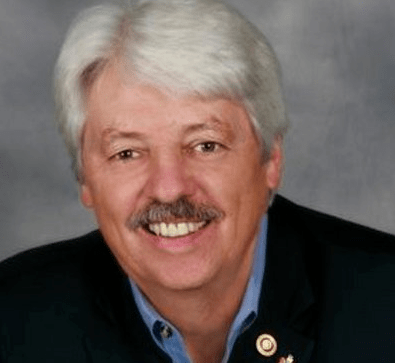
Bruce Timms represented St. Catharines on Niagara Regional Council from 1991 to 2018. During his near three decades in municipal politics, Timms sat on and chaired numerous committees and boards. A lifelong Niagara resident and proud Rotarian, Timms is a professional engineer and home inspector by trade.










